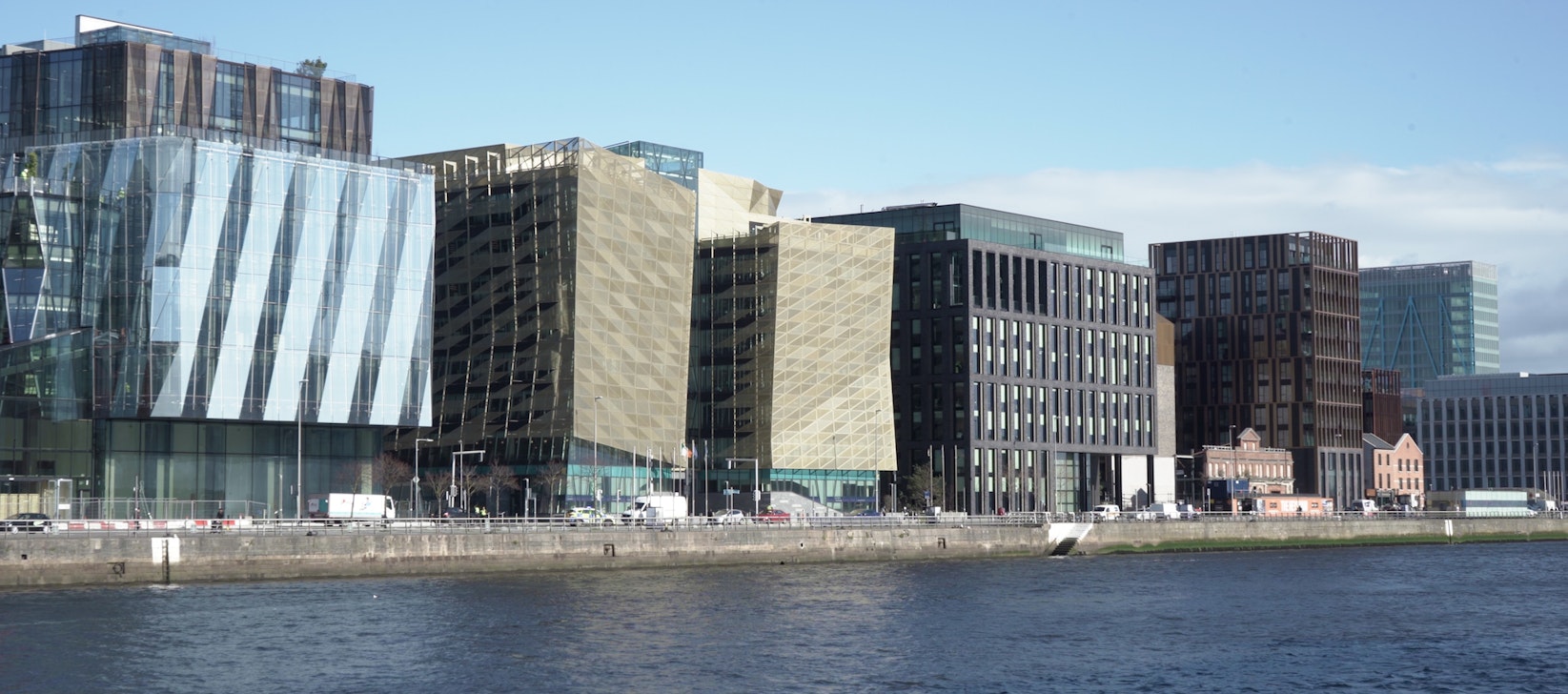The latest PMI Survey shows that business activity in Dublin slowed sharply to the weakest level since Q2 2021.
The latest PMI survey, from S&P Global, shows that business activity in Dublin slowed sharply in Q3 leaving it at its weakest level since Q2 2021. The headline rate remained narrowly within expansionary territory at 50.4 as inflation dampened demand. Both the Manufacturing (48.1) and Construction (43.3) sectors posted reductions in activity. The more resilient Services sector remained within expansionary territory (52.5). Output across the Rest of Ireland also slowed but at a lesser rate than that seen in the Capital.
New orders continued to rise in the Capital extending the current sequence of growth to six quarters. However, the rate of expansion declined resulting in only a modestly positive reading. New orders across the Rest of Ireland fell marginally into contractionary territory. These new order trends are concerning as cost of living pressures are expected to be exacerbated over the winter period.
Labour market trends remained strong in Q3 and Dublin firms have now recorded increases in staffing levels on a quarterly basis continuously since Q1 2021. Employment also increased across the Rest of Ireland, but at a softer pace than that seen in the Capital.
Business activity in Dublin and across Ireland slowed sharply in the third quarter of the year as cost of living and inflationary pressures continued to dampen demand. The aggregate output picture is likely to deteriorate from here. Rising energy bills and further price increases will ultimately constrain businesses and consumers over the coming quarters.
Commenting on the PMI, Andrew Harker, Economics Director at S&P Global Market Intelligence said:
“The Dublin private sector is not alone in seeing a slowdown during the third quarter of 2022 as global demand conditions suffer amid widespread cost of living pressures. Output growth slowed to near-stagnation, with manufacturing and construction actually seeing declines. The main positive over the quarter was a further marked expansion in employment as local firms continued to build workforces in the hope that the slowdown doesn’t evolve into a more pronounced downturn.”





